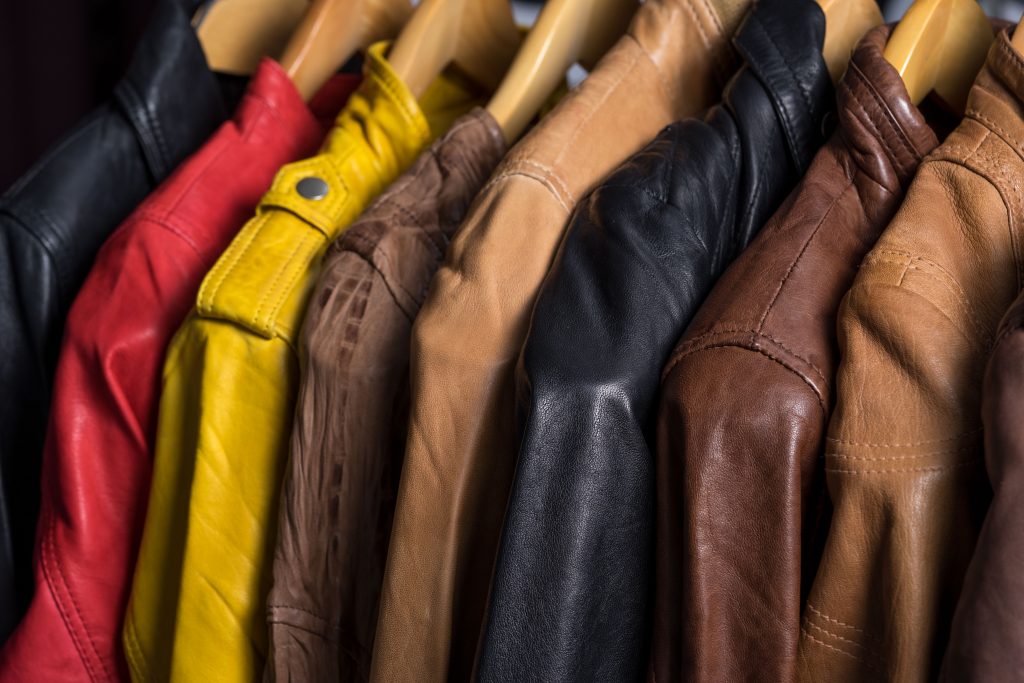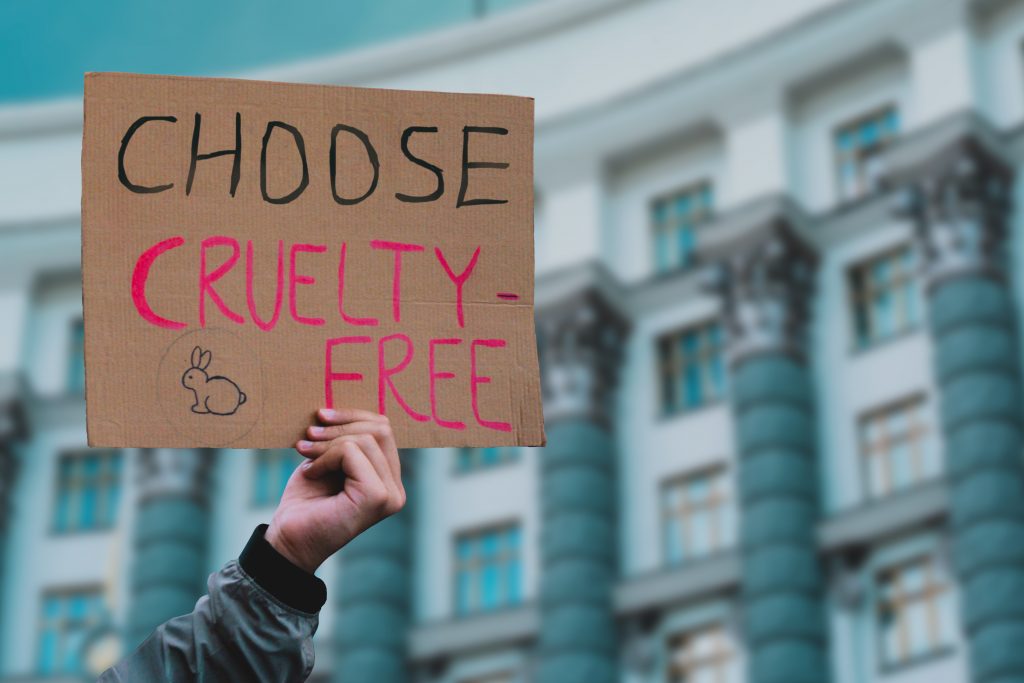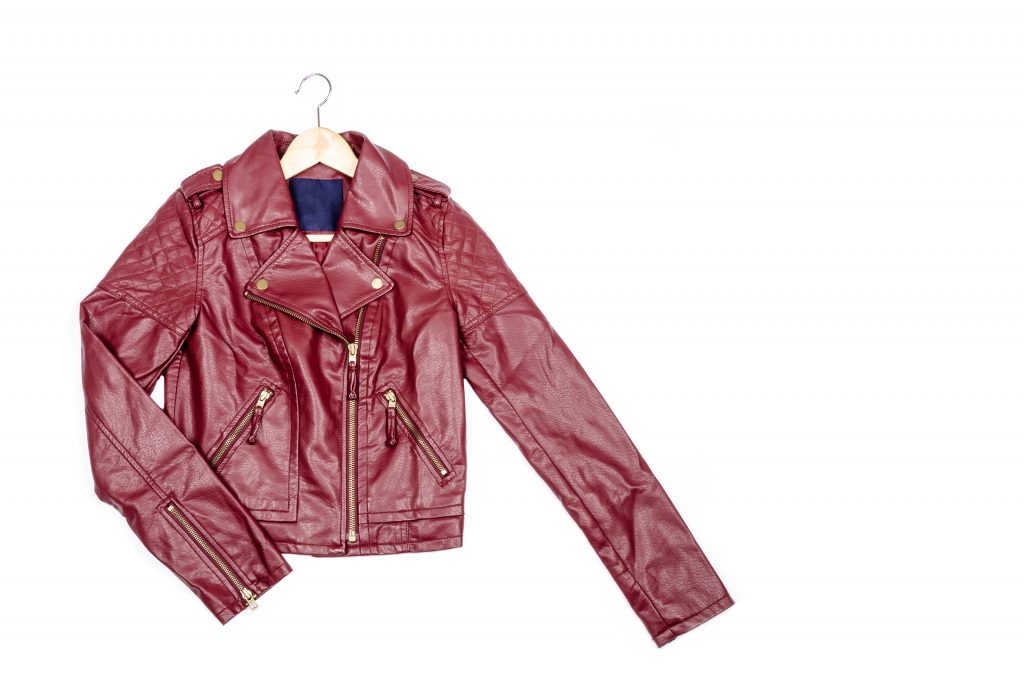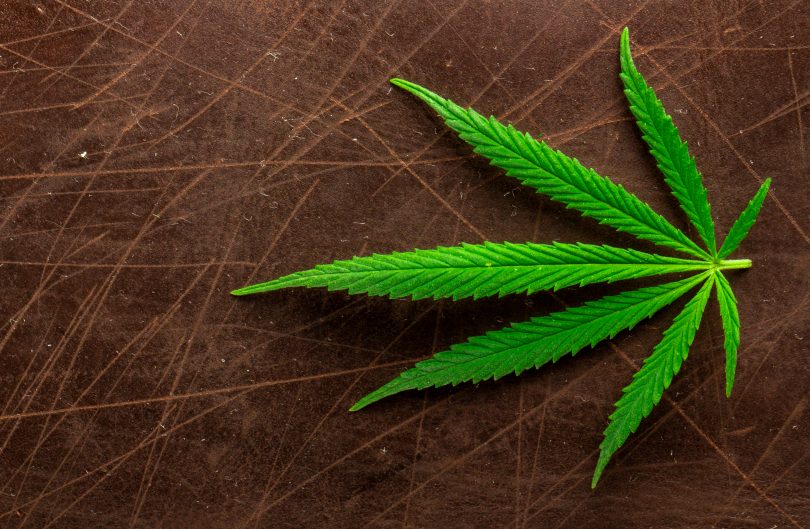With the hemp revolution underway, tons of products from plastics to clothing to paint, can be made using this natural material. But it goes even further. What if hemp could replace another commonly used animal product like leather? Well apparently, it can. These days you can keep it cruelty-free and high quality, with hemp leather products.
The world of cannabis gets bigger everyday with hemp plastic, building materials, and even hemp leather. The world of marijuana is just as expansive, bringing us all new compounds like delta-8 THC, another form of THC which leaves users with more energy, a clearer-head, and less of the irritating anxiety that can be caused by delta-9. Go ahead and check out our selection of deals for delta-8THC, and a range of other cannabis products.
What is leather?
In a way this is kind of a silly question, but in order to get into the benefits of a cruelty-free option like hemp leather, it’s best to go over the natural product. In this case, it is the actual animal leather that is the natural product, and the hemp leather that’s the synthetic. Though it’s a synthetic that itself is made of natural materials.
Leather is simply the skin, or hide, of an animal, which has been treated with chemicals to preserve it. Leather is often used in clothing, especially for boots, jackets, and belts, as well as for other products like pocketbooks, tools, sporting equipment, and furniture. Quite obviously, from the nature of the material, it requires the death of an animal in order to create these products.
If you’re wondering what the difference is between the terms ‘skin’ and ‘hide’, so was I. While they denote the same basic thing, ‘skin’ is used when referring to smaller animals, and ‘hide’ is used to refer to the skin of larger animals. Now, not to get gross, but skin doesn’t just stay the way it is once its no longer a part of a living animal. Much like everything else living, it starts to decay. In order to preserve it, a tanning process is used to create a non-decaying, and stable material.

Leather can technically be made from the skin of almost any animals, so long as the skin is thick enough. And though sometimes stranger animals are used like ostriches or lizards, the most common leathers are made from animals like cows, oxen, zebras, horses, pigs, seals, and alligators, to name a few.
The process of turning perishable skin into a long-lasting product is achieved using processing with different compounds. This can include vegetable tannins (like from tree bark), mineral salts, and oils from fish or other animals. Skin is more than one layer, and involves parts that must be removed. So, the leather-making process involves removing these parts using acids, bases, tannins, enzymes, and salts. Not only are unnecessary parts dissolved and removed, but this process strengthens the bonds between fibers as well.
Leather has been used by humans for more than 7,000 years. It’s been popular for this long in part for its durability. What generally sets real leather apart from its faux counterparts, is the overall strength end durability of leather, that is not often seen in the competition, as well as the comfort and breathability of the material. Fake leathers, especially those of the plastic variety, are known for making skin hot and sweaty, much like with synthetic clothing.
What is hemp leather?
Leather is generally considered one of the better options when it comes to things like clothing, as it provides a more breathable option to fake leathers made of synthetic materials like plastic. Between leather and plastic leathers (‘pleathers’), leather is the much more quality, and better performing option. Generally speaking, when it comes to leather, it is the fake versions that are almost always considered sub-par in comparison. However, hemp leather proposes a different scenario to standard fake leathers.
Hemp leather is a material made from hemp that has the general feel, appearance, strength, and texture of leather. While clothing and other materials have been made from hemp for centuries, it has not always been done so to replicate the consistency of leather. This seems to be a newer invention. In a US patent from 1989, Tae S. Hwang, and Kyung H. Kim describe their process for creating hemp leather. Their process for creating cruelty-free hemp leather goes something like this:
“(a) firstly digesting natural hemp fiber with weak alkali solution, (b) secondly digesting with ammonia gas, (c) presoak treating either with methylol urea and ammonium phosphate, or sodium chromate and sulfuric acid, and immediately adding ammonia thereto, respectively, (d) beating with SBR resin and cyclohexylcarboxyl diphenylamino thiazolyl sulfonamide, (e) jetting through a multiple stage fiber jetting device, and soaking in a soaking bath container containing methylphenol and SBR resin.”

The inventors state in the patent that their goal is to create a hemp leather product that has “excellent stiffness, flexibility, and hydroscopic property, which is very similar to natural leather.” Quite obviously, this process is not a chemical-free one, but it does show a strategy for getting hemp into leather form.
In practice, some companies are already offering hemp leather products, and they state their own processes for creation. Take the company Hemp Bio Leather, for example. This company creates toxin-free, biodegradable, and cruelty-free hemp leather, using hemp fiber residue, which comes as a by-product of the current hemp industry in Denmark. The company doesn’t explain its process any further, except to say the leather is 100% made of hemp, and that it doesn’t require animals or chemicals in any way.
Is hemp leather better for the environment?
Most fake leathers are made from plastics, and therefore offer no further ability to lessen the environmental burden. In a 2018 report, researcher Martina Hultkrantz studied the difference in environment impact between standard bovine leather, and hemp leather. Preliminary life cycle assessment (LCA) results for both leathers were based on existing literature. And the two leathers were then compared.
Hemp leather showed generally less environmental harm, with a couple exceptions. Creating bovine leather required 99% more energy use, with a 78% higher potential for acidification. Bovine leather also had a 99.9% higher potential for eutrophication, and caused 83% higher global warming potential. The two categories where hemp leather was not superior, were in water consumption and hazardous waste. While the author stated that the water consumption levels during manufacturing could be due to “over dimensioning of inputs”, I do wonder if the overall result has mainly to do with the fact that hemp is a plant which must be watered.
Though hemp leather is preferable in almost every category, it does produce more hazardous waste than bovine leather production. This 13% increase in attributed to the cresol and sodium chromate used in the processing. Even so, when all metrics are examined, in this particular investigation, hemp leather makes the better choice environmentally. And since it’s cruelty-free, hemp leather also makes the better ethical option.
Interested buyers can start looking for hemp leather products. While Hemp Bio Leather might, or might not, still be in operation, other companies are also offering hemp leather products. Hemp Safari offers leather hemp bags and accessories, available for pre-order now. I did have issues with the site, so interested parties might want to check with the company.

Another newcomer is Napee, an Italian company, that much like Hemp Bio Leather, creates products using waste materials from hemp cultivation. The company does not claim to use 100% hemp for its eco-leather, but does claim that no solvents are used and no environmentally harmful waste products are produced.
Where else is hemp showing up?
Hemp might have been used for pretty much everything at one point in history, but prohibition laws against cannabis in the 1900’s changed the landscape of mass production, essentially taking hemp out of it. With these prohibition laws being chipped away at all over the world, a vibrant hemp industry is slowly being reinstated, with more and more alternative products made of hemp, entering products markets.
Now, things like hemp clothing are making a huge comeback, both as just hemp, and as a mixed natural fiber with cotton or bamboo. Hemp building materials like hempcrete are providing a better answer to the environmental issue of cement, while also proving to be stronger, and with benefits like mold resistance, and better ability to insulate. Products like hemp paint and wood finishing oils allow for non-toxic home improvement, as well as being available for use industrially. And hemp plastic, which provides a fantastic, non-toxic, biodegradable alternative to the massive and growing issue of plastic pollution, can easily be used for mass production.
These better options propose challenges to current industries, particularly the oil industry which is the basis for plastics, and the cement and concrete industries which are the basis for building. Since a lot of money is made by these industries, and a lot of money filtered into the federal government to protect them, the hemp industry has not picked up as quickly as it probably should have.
However, if recent developments in the medical and recreational cannabis industries tell us anything, its that regardless of how much fighting back is done by an industry trying to hold onto something (pharmaceutical), that eventually, if the people want something done differently, they can get it done. This is evidenced by how close the US is to passing a full decriminalization or legalization measure, and the fact that republican-led legalization bills are being pushed because politicians are aware that if they don’t bend, they’ll lose their jobs.
Conclusion
Hemp has shown to be good for so many things, its mindboggling that we still insist on tearing apart our environment instead of using it more widely. But times are changing. And all the things mentioned in this article were barely existent a few years ago. Which means in a few years from now, who knows how far these industries may have exploded.
Welcome! You’ve arrived at CBDtesters.co, the #1 internet spot for the best and most thought-provoking cannabis and psychedelics-related news worldwide. Read-thru the website daily to stay informed on the quickly-moving world of legal drugs and industrial hemp, and sign up to get our newsletter, to make sure you hear every story first.
for exclusive deals on delta-8 THC, delta-9 THC, THCV, THCP, delta 10, HHC, THC-O and other legal THC products, make sure to subscribe to The Delta 8 Weekly Newsletter, your top-source for all things cannabis-related.
Disclaimer: Hi, I’m a researcher and writer. I’m not a doctor, lawyer, or businessperson. All information in my articles is sourced and referenced, and all opinions stated are mine. I am not giving anyone advise, and though I am more than happy to discuss topics, should someone have a further question or concern, they should seek guidance from a relevant professional.










Hi Sarah, very balanced and informative article! Artificial economics may step in here in the next few years if we don’t change course. When I say artificial economics I’m referring to product selection/availability that is driven by government edict. In the case of bovine leather, the $3.5T house budget package (currently stalled) wishes to place a $2000/cow “methane penalty,” presumably annually, on all cows in the USA. The merits of the proposed legislation aside, smaller farmers and ranchers won’t be able to absorb this, so the cost of beef and leather will increase correspondingly as the Free Market adjusts to artificial Federal edict and becomes incrementally less Free. This will provide an artificial opportunity for artificial leather as a result. Sort of in the same bucket as the market being forced to adopt electric vehicles by way of tax subsidies and penalties.